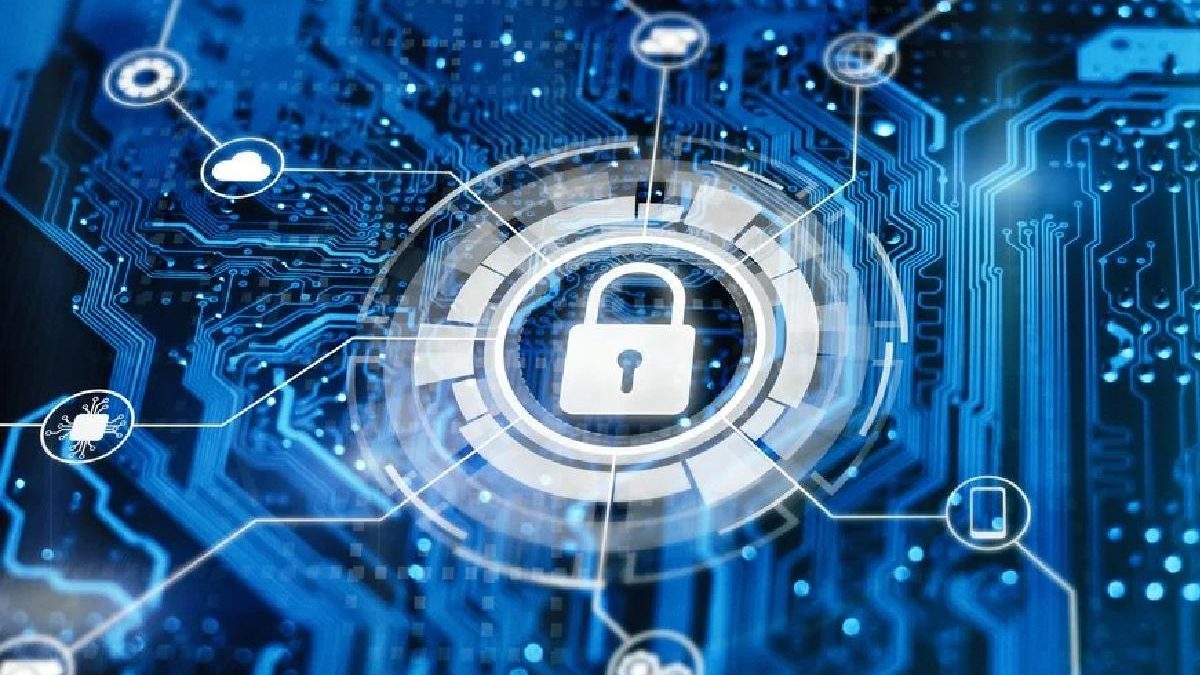With the rise of cryptocurrencies, we’ve seen all kinds of digital assets hit the market. NFTs were a craze a few years ago and are still going strong. Short for non-fungible tokens, these virtual assets are trackable on the blockchain. Each of them has a unique nature, and their value is determined not by the market, but a combination of attributes, special traits, minting number, and, of course, market demand.
What you should know about NFTs is that they are linked to physical or virtual assets. Owning one means possessing the rights to it. They enable tokenization of physical items, in that way allowing their trackability across the blockchain. For example, it can be a meme, a football player, emojis, paintings, or anything else. There’s one major question regarding their security – are they safe? As a new and rapidly growing technology, we’ll explore this question in the paragraphs below.
Wide Range of Use
NFTs have seen a wide range of use these days. For example, they are a powerful tokenization tool used in crypto casinos. You can click here if you want to know more about NFT casinos – they’re all the rage. By completing certain objectives, casinos may hand out NFTs to players, giving them something unique to own.
But, is that asset truly unique and safe? That mostly depends on the centralized platform’s ability to protect the private keys it owns. Even when a platform applies advanced security measures, NFT scams are still a problem. When a user purchases an NFT—for example an art piece—he gets a reference to the file when that artwork is stored. If hackers gain access to the file, you won’t be able to access your NFT.
As a novel technology, experts admit that the security behind NFTs isn’t high enough to guarantee the safety of the investors’ assets. NFT scams, for example, are pretty common. Malicious actors are able ti fully mimic popular platforms and exchanges, stealing data from its users’ wallets. When that happens, they steal their NFTs which are then lost forever.
In the summer, a collector bought a fancy fake Banksy NFT piece of art worth over 240,000 GBP. It made the headlines throughout Europe and confirmed what many have suspected for a while. It was a serious vulnerability. Artists are unaware that their artwork is sold without consent, and by the moment they discover, it’s too late.
Legal Risks as Well
Legal risks surrounding NFTs are referred to as intellectual property problems. According to traditional law, IP issues are not applicable to blockchains as they’re decentralized. In order to avoid an NFT scam, it would be wise to check if the author actually owns the piece. Malicious actors usually sell replicas, so users are simply buying the rights in this case instead of getting the IP.
There are a lot of unknowns surrounding NFTs, and since they’re unregulated as of today, most people steer clear. Until the market defines them and the law protects investors, it’s better to invest in cryptocurrencies or something else.

